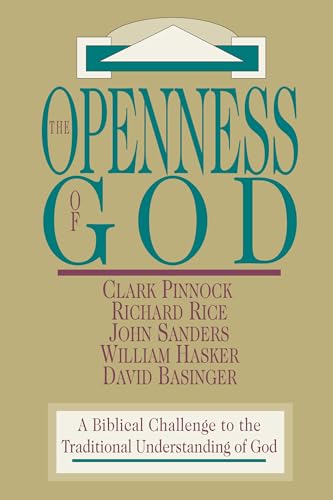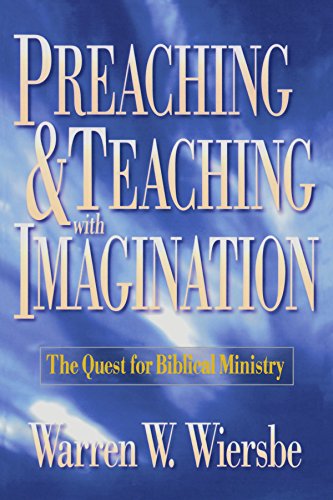The Song of Songs: A Continental Commentary
Written by O. Keel Reviewed By Mark ElliottAccording to the author, the Song of Songs needs setting free from its Babylonian captivity at the hands of its allegorizers. He applauds the healthy tradition of reading it literally which began with the Greek OT’s translation: instead of ‘Your love is better than wine’, it renders: ‘Your breasts are better than wine’ (although the fact it is the man’s breasts in 1:2 suggests a non-literal understanding: in fact, I think a case can be made for the lxx’s subtle ‘theologizing’ of the Song). Keel sneers throughout at attempts such as that of Delitzsch to see the Song as speaking of inner-trinitarian love. He recapitulates much of what we already know: that the sole explicit reference to a wedding appears at 3:11; that the Palestinian practice of ‘king and queen for a day’ is nowhere in the Song itself. The Song is hardly rich in cultic associations but is simply a non-religious love poem like Egyptian and other ANE poetry in style and in its symbolic universe (the meanings of its metaphors). Theologically there is little touching the Genesis garden picture; perhaps 4:12, ‘My beloved is an enclosed garden’, just about qualifies. Likewise, in terms of genre the plot is unresolved by the end, so the Song is hardly a drama. It is a literary construct needing this shared meanings of symbols such as ‘eyes like doves’—we won’t understand how he sees her eyes by thinking of doves but of what doves mean in ANE iconography—‘messengers of love’. Or, re 4:3, pomegranates are the same thing as lotus flowers—which means her mouth has similar ‘regenerative qualities’; Keel surely overdoes this symbol, bringing it in when almost any fruit or plant is mentioned. Throughout there is a refusal to allow the content of subjective states of mind as what is actually being described (Krinetzki)—the author is too detached for that. Love is not pure sex (references to bodily parts much played down), but it is not marriage either. Human embodied love involves the soul, one’s whole being; there is an awareness of deity as with Wisdom literature typically, but it is of a God left out at the fringes because he is so transcendent and respects our freedom—‘a God who is greater than our hearts’ (Keel cites 1 Jn. 3:20—surely some eisegesis!!?). The ghost of post-Holocaust biblical scholarship speaks eloquently: the universe is not desacralized (Gerlemann), but the approach to a distant deity is put in the hands of men and women who love. For Love is the personified (if not hypostasized) agent of God on earth (according to 2:4b and 8:6). But it is all so refreshingly concrete: the loved one (not an abstract ‘love’) is to be worn like an amulet against the onset of death. Possibly, and like, e.g., J. Barr, we would not want to make overneat distinctions between types of ‘Love’. The writer was a lyrical proto-Deuteronomist, and the redactor, the Deuteronomist, at places like 8:6 has tried to point to abstract ideals.
How to assess this work? The slightly pretentious moniker, ‘Continental Commentary’, is actually fitting. One has to admire tire attempt to do hermeneutics by appeal to literary standards which explain the original meaning to be a philosophical, timeless one. In its anti-Jungian (contra Krinetzki) and anti-atheistic (contra Gerlemann) and anti-erotic (Fox, Pope) slant, Keel’s interpretation remains anthropocentric, romantically fearless and agnostic. For all its appeal to ANE carvings and imagery as parallels, this commentary is typically post-modern.
Mark Elliott
St Andrews University







